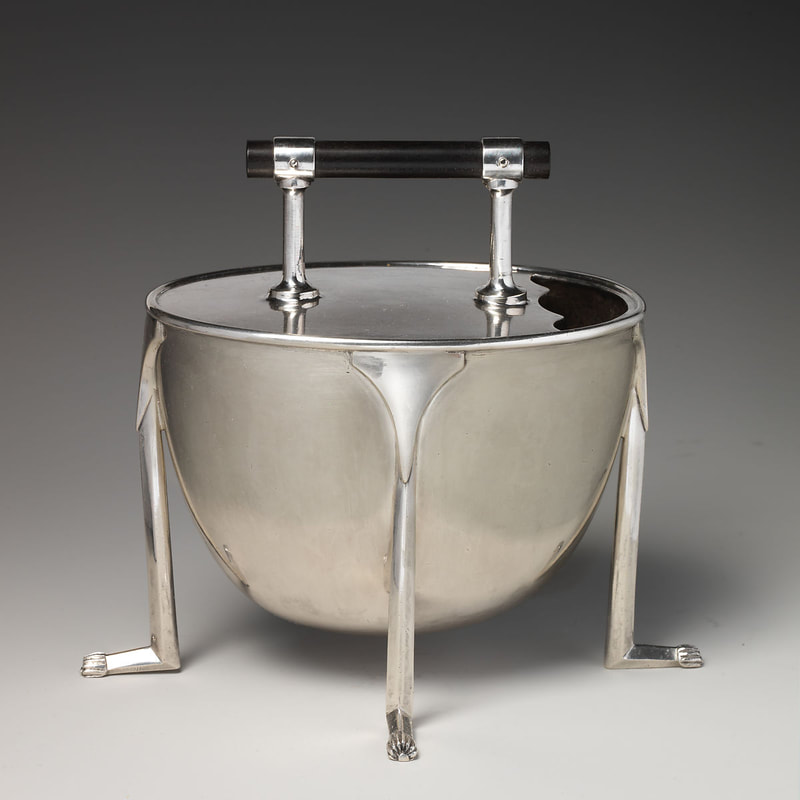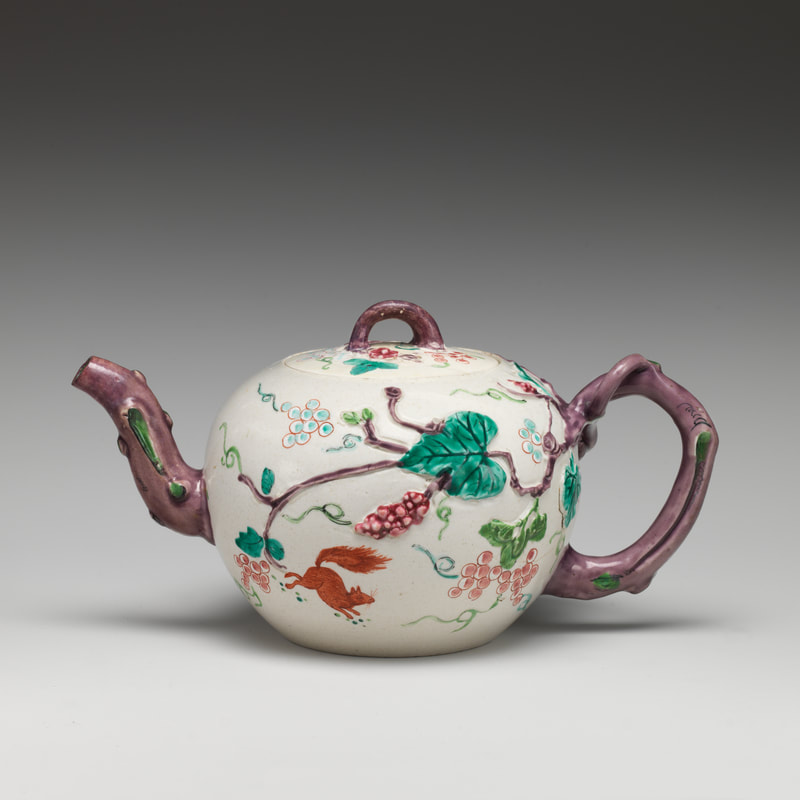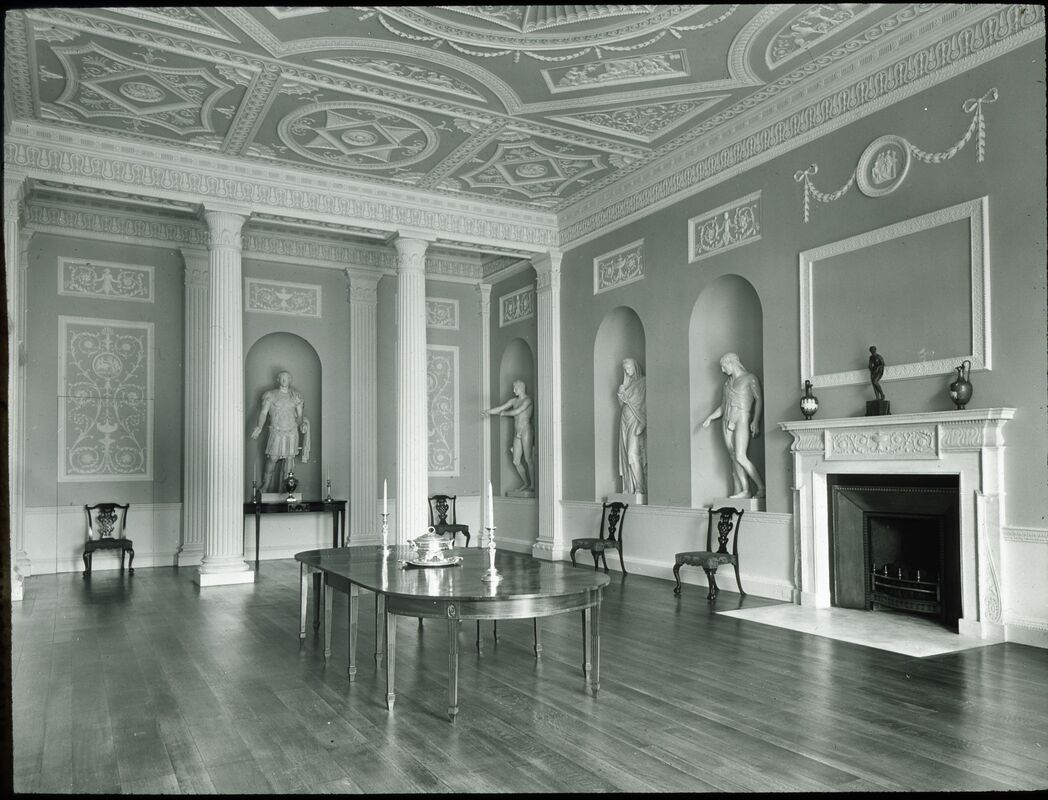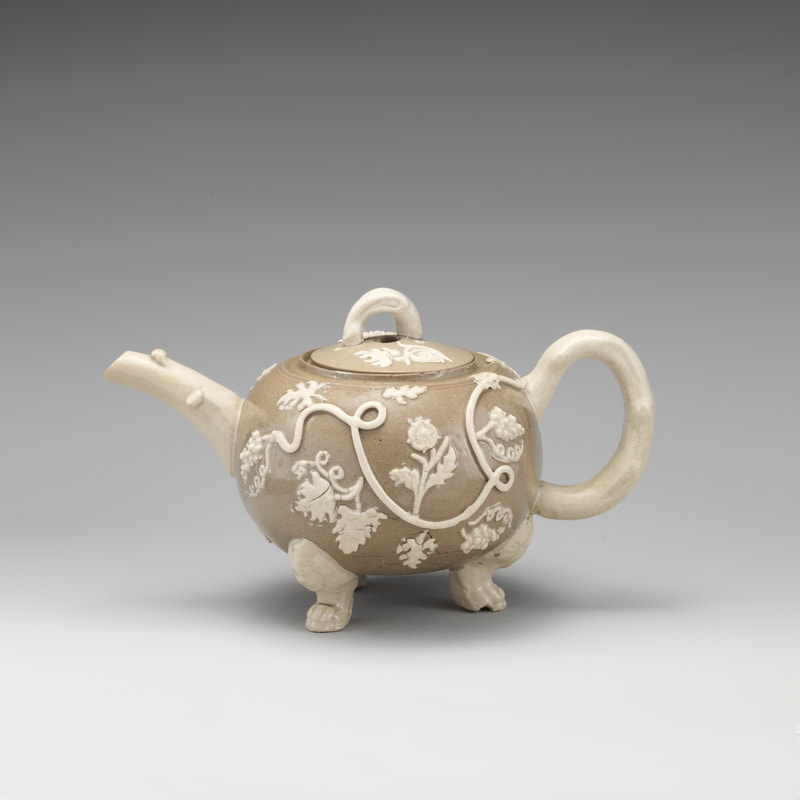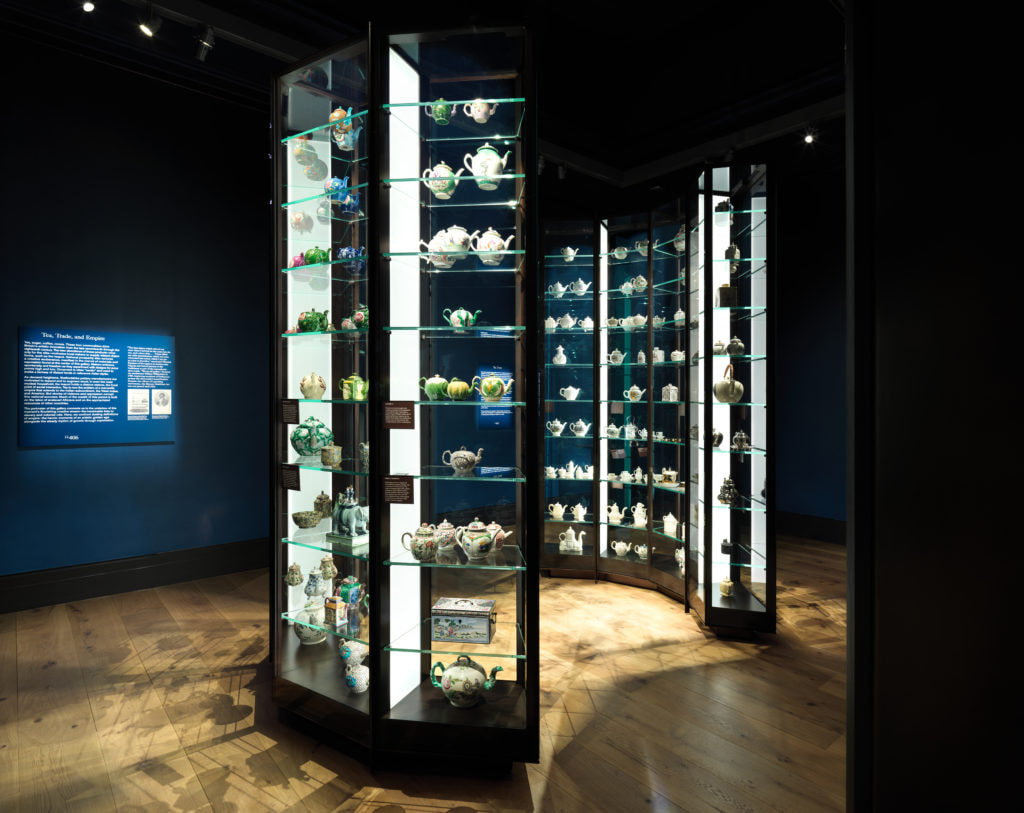Visiting the Annie Laurie Aitken Galleries, the spaces devoted to British decorative arts, design, and sculpture at the Met was like going back home. When I went to school to study the history of the decorative arts, and when beginning teaching design history in the 90’s, the material presented at these galleries was a part of the narrative of my studies and my teaching. I wrote papers on the objects included in the Galleries and regularly took students to the period rooms, the finest of their kind in this country. The Lansdowne Dining Room; the Kirtlington Park Room; the Croome Court Tapestry Room; the 17th-century staircase from Cashbury Park; and the bed from Hampton Court Castle, were all a part of the New York experience during that decade. The galleries became irrelevant, tired, outdated, passé, and British decorative arts lost their popularity when taste changed, and people stopped collecting this material; when the Galleries closed for renovation, it was barely noticeable.
Now, six years and $22 million later and with 40% of new acquisitions, they are back to their glory, and their contents look as if they could not be more relevant. The interiors, which were utilized as backdrop of showcasing the collection, have been emptied and presented now as architectural masterpieces which they are. The silver, the tea caddies, the porcelain, furniture, all testify to the story of British upper class, the luxury of country houses, the growing of the middle class in Victorian time, and the evolution of the Empire.
My favorite gallery is the last one, devoted to the 19th-century Reform Movement which was also the start of modern design, showing innovation and entrepreneurship. There, you can see a great collection of objects by Christopher Dresser, the most innovative of all 19th-century designers, who formulated the vocabulary of modernism and the notion of industrial design long before the birth of the Modern Movement. A new addition to the New York City art scene was born.

